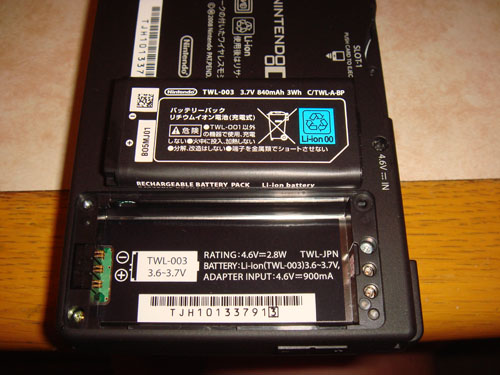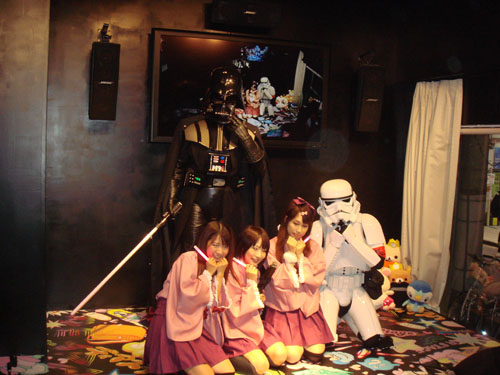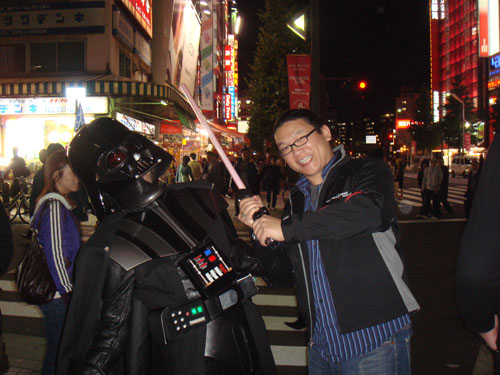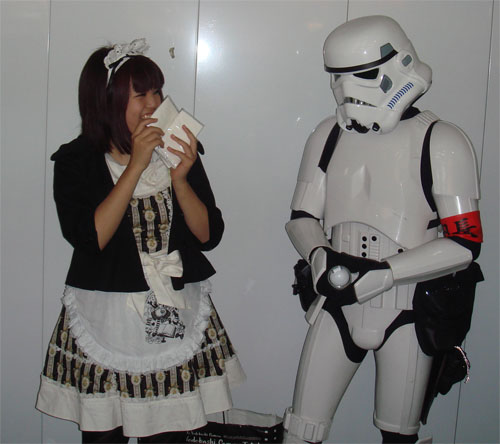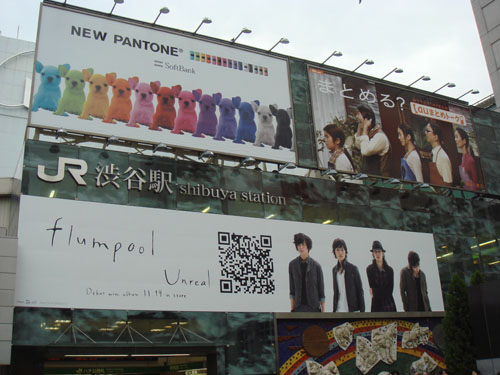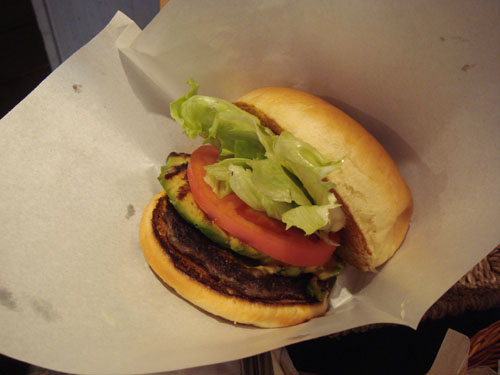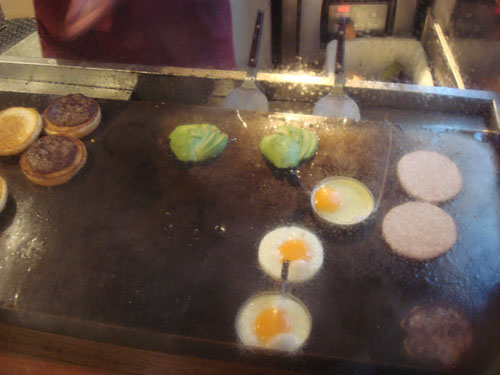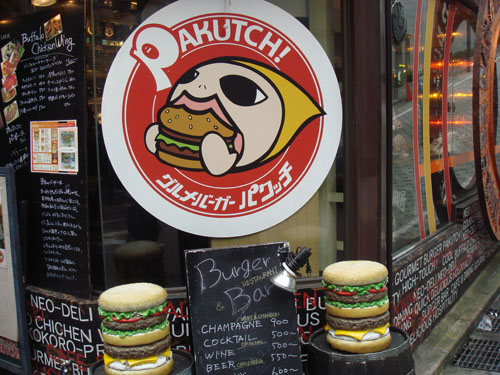While I was on the Yamanote line last week, I saw an advertisement for the Japanese launch of the Nintendo DSi (Nintendo site / Wikipedia site). The DSi just went for sale on November 1st in Japan only, and it looks like the North American launch for the product is still up in the air (looks like sometime fall next year).
Needless to say, I couldn’t help myself from buying one of these…and taking it apart. The DSi is pretty cool: it has not one, but two, cameras embedded in it. One faces forward so you can see yourself, and the other can be used to take pictures of others. Compared to the DS-lite, it’s a little bit thinner, isn’t compatible with the old charger, and more prominently features wifi connectivity status. The speakers are also a bit beefier. Finally, the feature I like the most is that the screens are a good bit larger than the previous model (I’m already enjoying Tetris on the bigger screen). Oh, and also, it has an SD card slot, so you can play AAC encoded audio from the memory card, as well as store pictures on there, so the device effectively doubles as a camera and a music player on the road.
I haven’t had much of a chance to play around with the device yet, but from what I can tell the CPU is substantially beefed up (consistent with reports of the DSi battery life being shorter than the DS-lite, despite having similar battery capacities of 840 mAh for the DSi and 850 mAh for the DS-lite), as it can do all kinds of real-time image manipulation tricks on the video feeds, and it also has a built-in minigame for audio streams where you can loop in samples over music files and do some low-quality pitch distortion on the fly. The markings on the CPU package yield no clues about its performance, but my guess is that any ARM9 or ARM11 CPU manufactured in 2007 would have a performance around the 266-533 MHz range. Of course, I took the device apart, and I have some photos of it to share with you from my hotel room…
DSi mainscreen after power-on — definitely playing up the built-in camera features
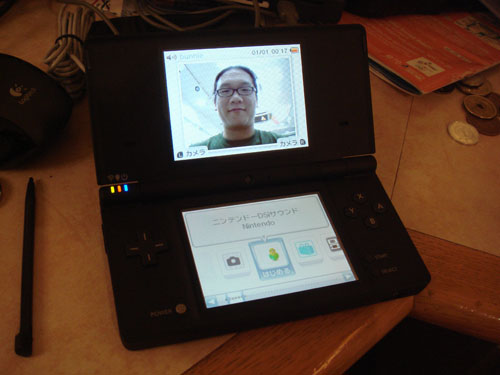
Mainboard backside photo — love the detailed, plain-English “hack here please” silkscreen annotation

Photo of the CPU region (RF shield lifted)

Didn’t get a chance to take apart the top screen portion of the unit (I’m guessing it’s not very interesting). Looking forward to the homebrew scene on the DSi — I think it looks like a really capable platform and could have some very exciting applications, especially with Linux on it.


